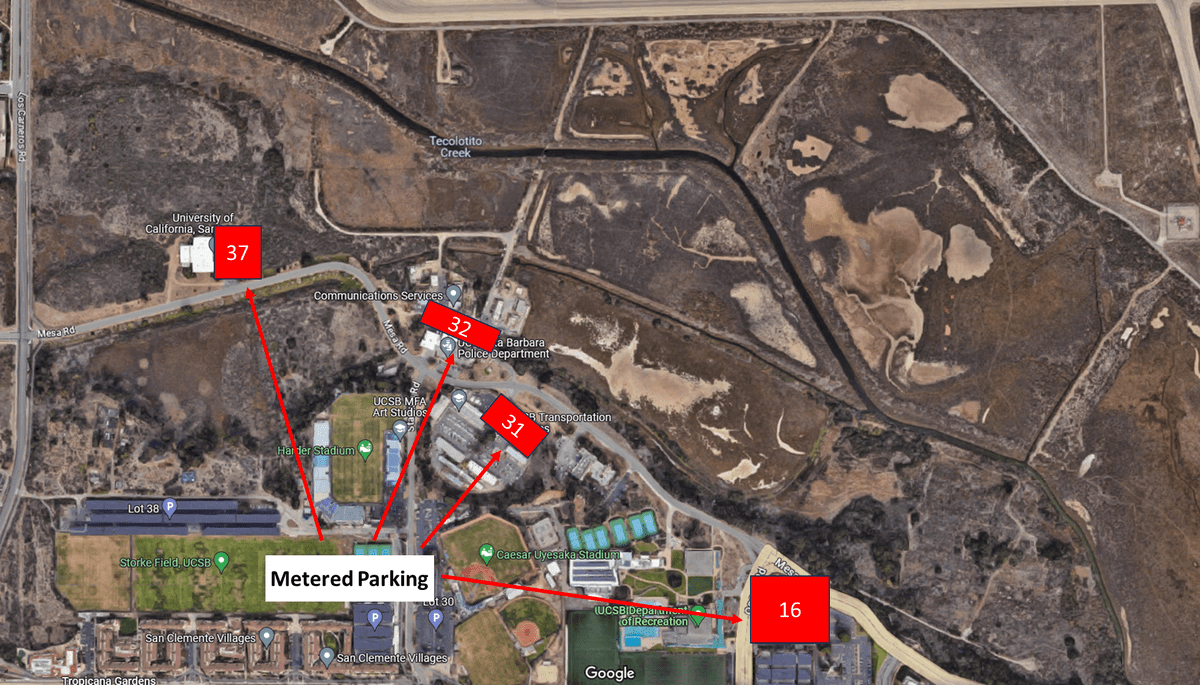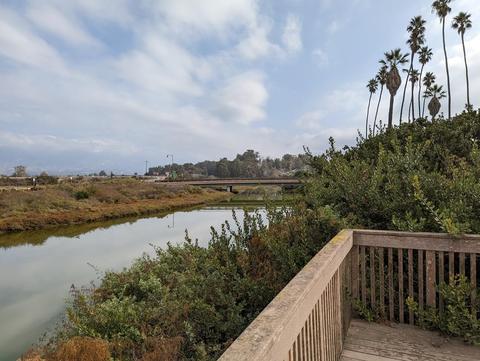
Santa Barbara, California, US
Goleta Beach County Park (including east end of Goleta Slough)
234 species

Santa Barbara, California, US
234 species
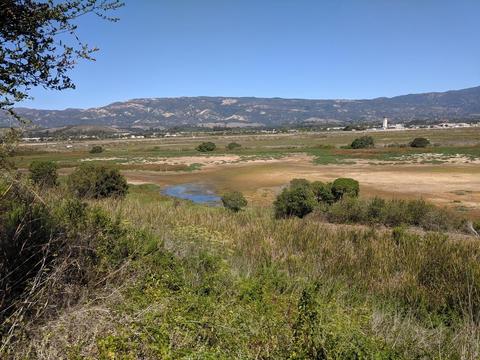






Santa Barbara, California, US
99 species
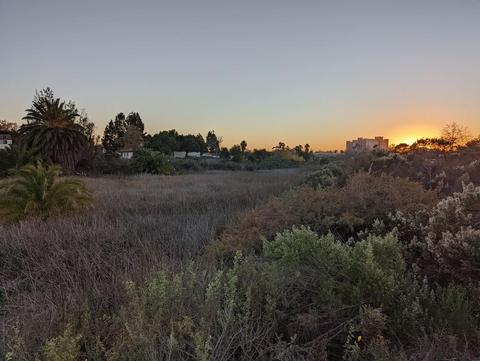


Goleta, California
Goleta HistoryThe best areas to view the birdlife of the slough are Area K and Goleta Beach County Park; see the respective hotspot descriptions. There is no public access to Area N, Areas L and M, and Areas I + J.
Belding's Savannah Sparrow (Passerculus sandwichensis beldingii), a subspecies of the Savannah Sparrow listed as endangered by the California Endangered Species Act, breeds in the slough and can often be heard in pickleweed patches in spring. Note that other subspecies of Savannah Sparrows are common in winter but very rare in summer, when Belding's is the only expected subspecies.
What is today Goleta Slough was once a large bay surrounded by a dense population of Chumash Native Americans. The water reached past today's Hollister Avenue and when the water level was high, the bay connected with Devereux Slough, making what is now the UCSB Campus an island. In 1862, torrential rains eroded the hillsides and vast amounts of silt were deposited into the bay, turning it into the shallow marsh it is today. In 1928, part of the slough was filled in to create an airstrip, which was expanded into a full-size airport starting in 1941. During World Was II and for some time after, this served as a military air base. Other parts of the slough were also filled in to create space for development such as the Goleta Sanitary District wastewater plant.
Today, only about one-third of the original wetland area remains. In 1986, Goleta Slough was declared an Ecological Reserve, managed by the California Department of Fish and Wildlife. In 2007, the adjoining Goleta Slough Marine Conservation Area was added; this includes the area below the mean high tide in the slough and Atascadero Creek.
The slough empties into the ocean at Goleta Beach County Park. A sandbar sometimes blocks the flow of water, but this is either flushed out naturally during heavy rains or breached mechanically so as to avoid water levels rising too high in the slough.
The vegetation in the slough is dominated by pickleweed, but also includes alkali-heath, salt grass, salt bush, ditch-grass, pondweed, tule, and cattails, as well as shrubs like willows and coyote brush and trees like Coast Live Oak.
Restrooms on site
Content from Goleta History, Wikipedia, Goleta Slough Management Committee, and Linus Blomqvist
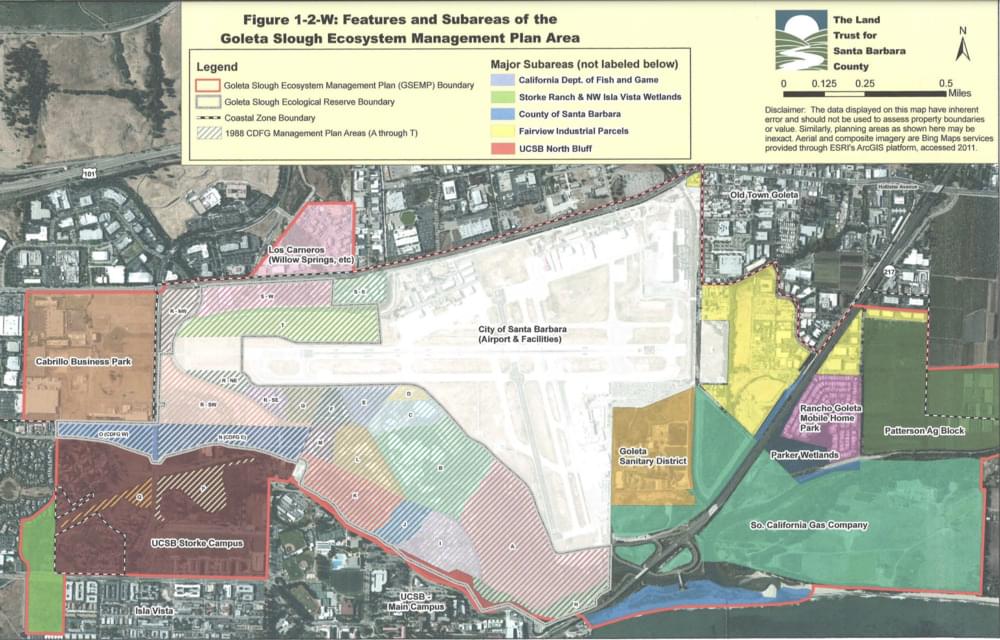 Goleta Slough
Goleta Slough